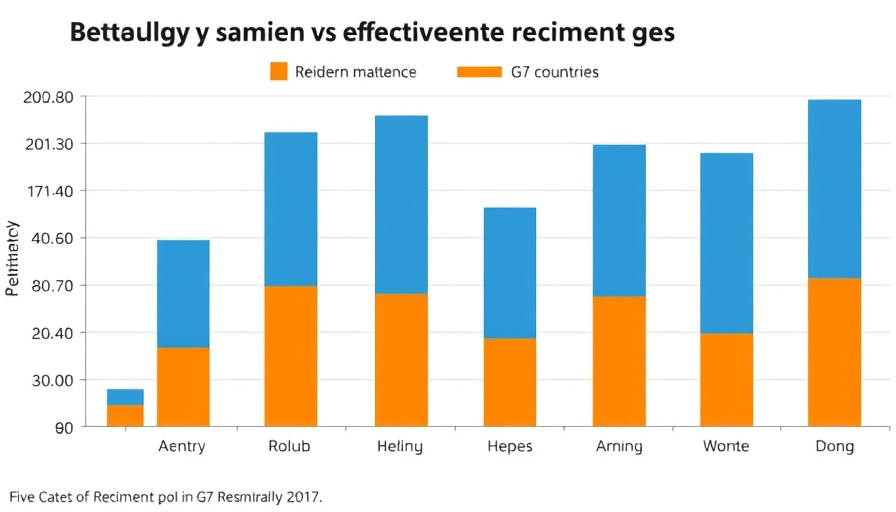
Understanding the Shifts in Job Change Trends
As we navigate the evolving corporate landscape, recent data reveals a significant trend among employees: a staggering 51% are actively exploring new job opportunities, marking the highest engagement level since 2015. At the heart of this movement is Gallup’s study which unveils critical insights into the motivations driving this change. Now more than ever, a cultural shift is reshaping the expectations of the workforce.
Prioritizing Work-Life Balance and Mental Wellbeing
Among the key findings, work-life balance and personal wellbeing have emerged as paramount concerns for job seekers. Since the pandemic, the percentage of employees valuing this aspect has surged from 53% to 59%. That’s not just a statistic; it encapsulates a fundamental transformation in how individuals are redefining success at work. They no longer perceive wellbeing as a perk but rather an essential component of their employment. Companies that fail to recognize this shift may find themselves struggling to attract talent.
Compensation: A Non-Negotiable Factor
Fair pay and benefits have consistently topped the priority list for job transitions. With 54% of employees now rating income and benefits as crucial, the stakes have never been higher. This expectation has been shaped by the recent wave of higher-paying jobs during the Great Resignation, with employees choosing to switch roles in search of better compensation. Yet, in the current economic climate, concerns about salary budgets being strained add complexity for both job seekers and hiring managers.
The Demand for Job Security
With hiring trends cooling and economies evolving, job security remains a major factor. More than half of employees indicate that stability in their role is vital. This demand for reliability in an unstable world draws a direct correlation to their social and financial wellbeing, highlighting the importance of companies cultivating a sense of trust and stability in their workforce.
Engagement Through Meaningful Work
Lastly, the necessity for a job that allows employees to excel in what they do best is equally pivotal, with 48% of workers marking it as a non-negotiable aspect when considering new positions. When employees feel engaged and recognized, it translates into improved performance and retention, emphasizing the need for organizations to develop a people-first leadership approach that fosters such environments.
Moving Forward: Strategies for Retaining Talent
As the landscape of job expectations shifts, organizations must heed these insights to foster a high-performance culture. Creating employee engagement strategies, focused on talent management, succession planning, and robust leadership development initiatives, will be vital in not only attracting, but also retaining top talent.
With significant changes on the horizon, leaders in HR and operational roles should reflect on their organizational health. By aligning strategies with these emerging trends, they can foster environments where employees thrive.
 Add Row
Add Row  Add
Add 




Write A Comment